Optimal Seasons for Concrete Leveling
Concrete levelings are most effectively performed during specific weather conditions to ensure proper curing and long-term stability. Timing is crucial to prevent issues such as cracking, shifting, or inadequate bonding. Understanding the ideal periods for concrete leveling can help achieve optimal results and durability.
Spring and early fall are generally considered the best times for concrete levelings, as temperatures are moderate and conducive to proper curing.
Ideal temperatures range from 50°F to 85°F. Extreme cold or heat can hinder the setting process and affect the longevity of the repair.
Avoid performing concrete levelings during freezing temperatures, heavy rain, or high humidity, which can compromise adhesion and curing.
Rapid temperature changes can cause uneven curing, leading to cracks or shifts in the concrete surface.
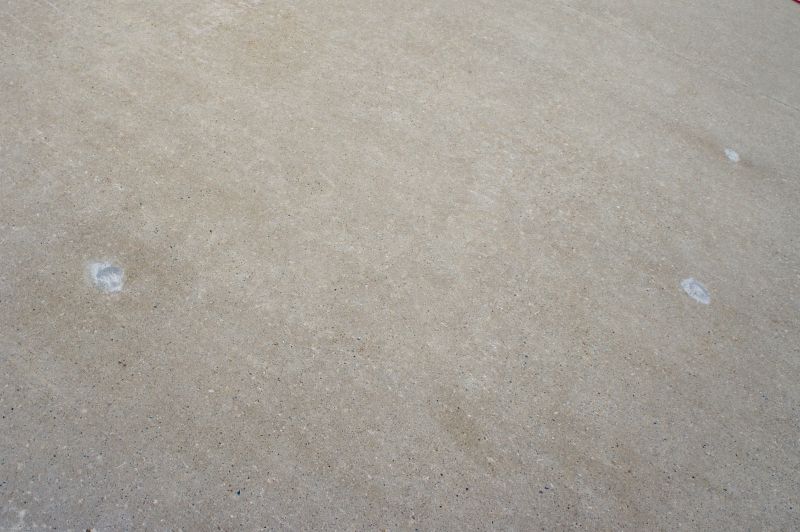
Spring offers moderate temperatures and stable weather, ideal for effective leveling.

Monitoring weather forecasts helps determine the best days for concrete work.

Cold temperatures can slow curing and cause surface cracking, making timing essential.

Ways to make Concrete Levelings work in tight or awkward layouts.

Popular materials for Concrete Levelings and why they hold up over time.
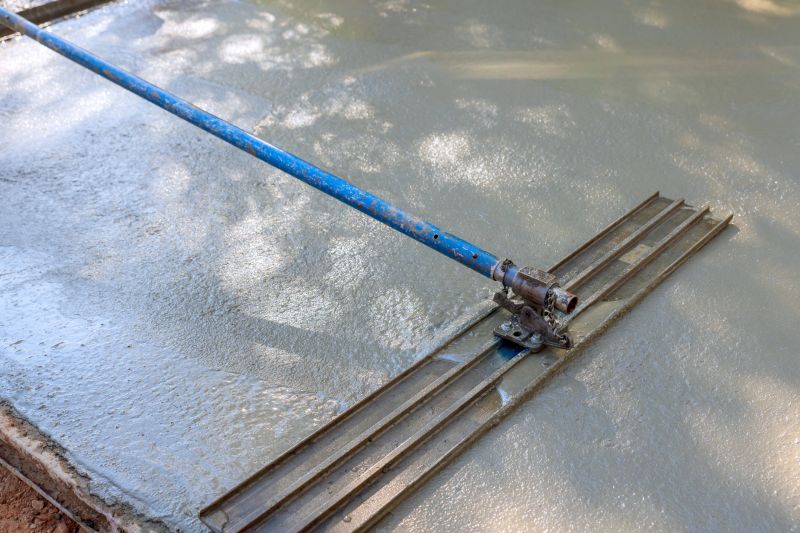
Simple add-ons that improve Concrete Levelings without blowing the budget.
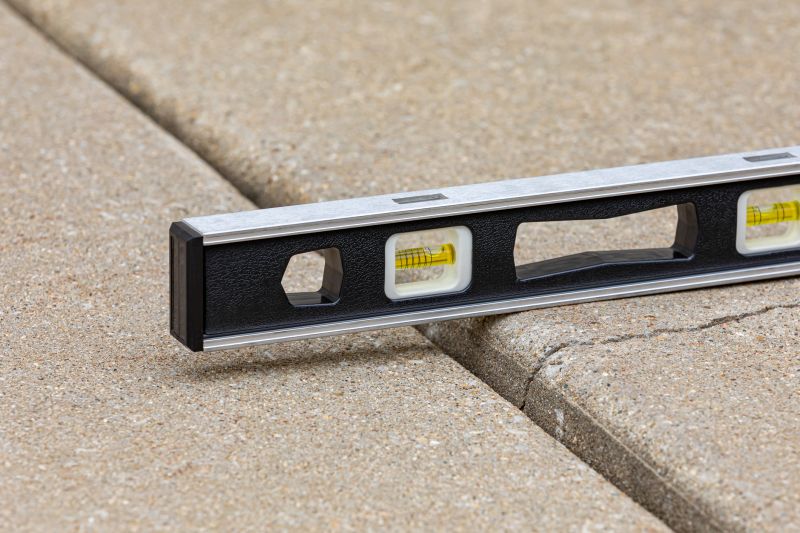
High-end options that actually feel worth it for Concrete Levelings.
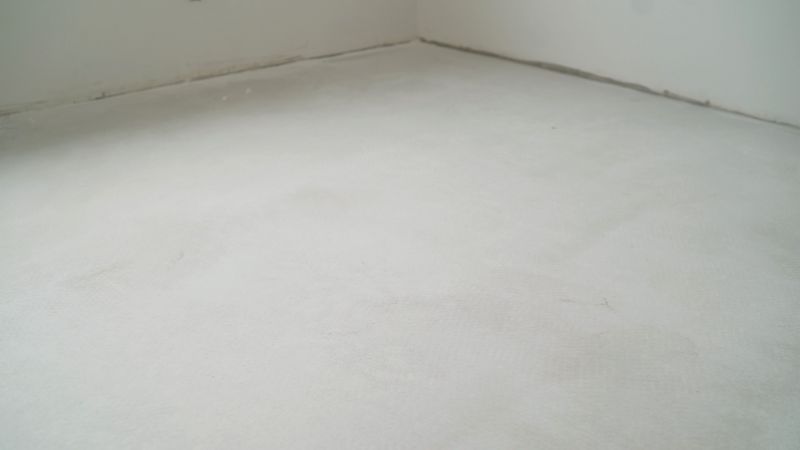
Finishes and colors that play nicely with Concrete Levelings.
| Season | Recommended Conditions |
|---|---|
| Spring | Moderate temperatures, dry weather |
| Summer | Early morning or late evening to avoid heat |
| Fall | Cool temperatures, low humidity |
| Winter | Not recommended due to freezing temperatures |
Concrete levelings involve raising and leveling uneven or sunken concrete surfaces to restore a smooth, functional surface. This process often includes injecting a specialized material beneath the slab to lift it back into place. Proper timing ensures the material bonds well and cures correctly, providing a durable, long-lasting repair. Statistics indicate that performing levelings during optimal weather conditions can extend the lifespan of the repair by reducing the likelihood of future cracks or shifting.
Concrete levelings are essential for maintaining the safety and appearance of driveways, sidewalks, and other concrete surfaces. Proper timing minimizes the risk of rework and ensures the repair maintains its integrity over time. Weather conditions play a vital role in the success of the process, with moderate temperatures and dry conditions being most favorable. By selecting the appropriate season and monitoring weather patterns, property owners can achieve the best results with minimal disruption.

Proper application during suitable weather ensures effective bonding and curing.
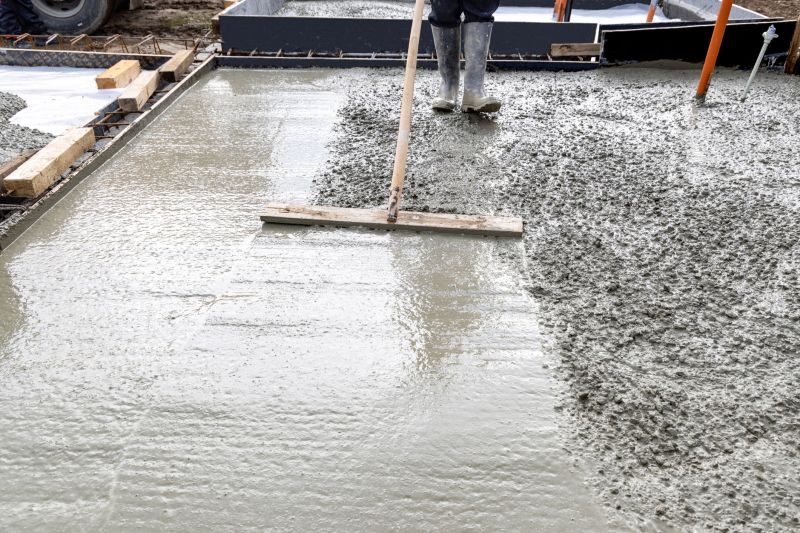
Spring's moderate temperatures promote optimal curing conditions.
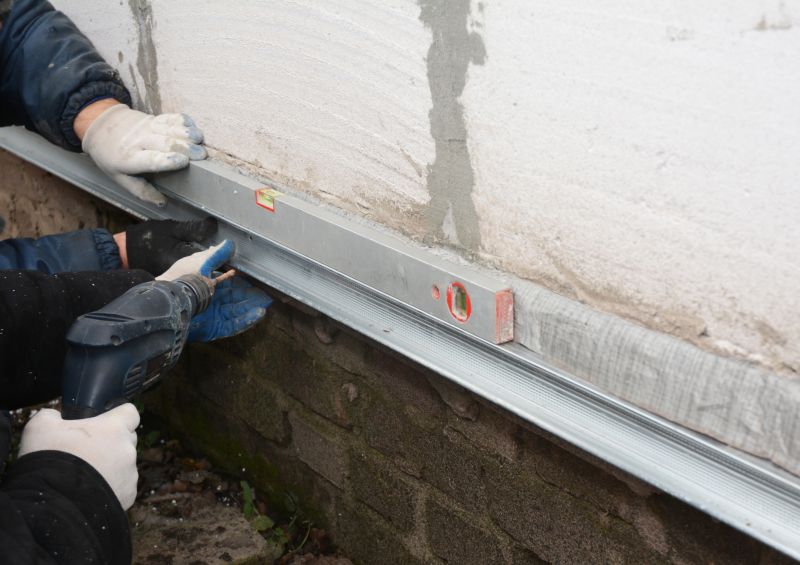
Fall allows for repairs before winter freeze-thaw cycles.

Tracking weather helps determine the best days for concrete work.
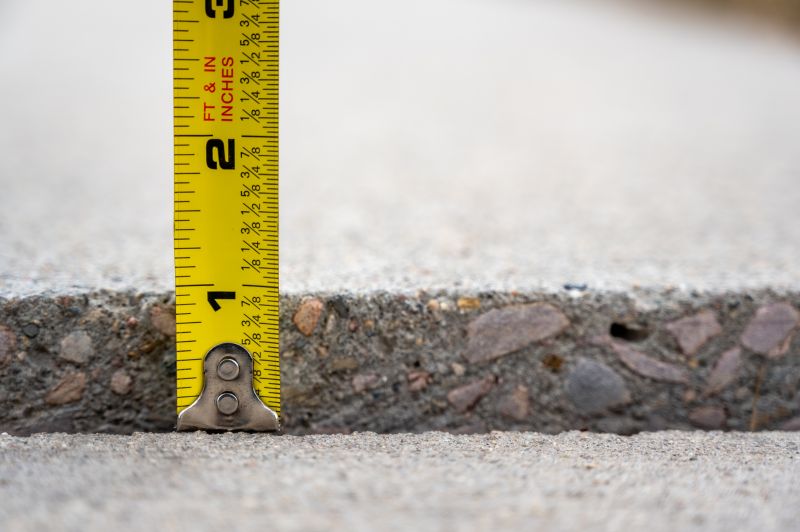
Little measurements that prevent headaches on Concrete Levelings day.
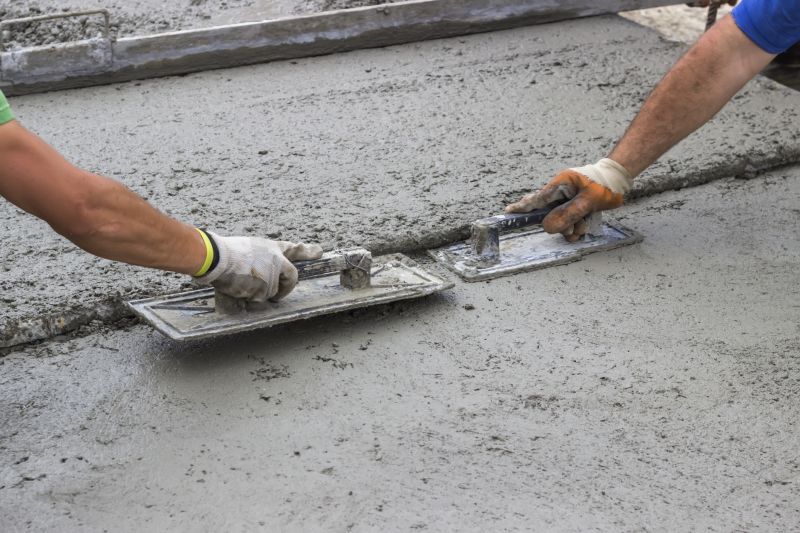
A 60-second routine that keeps Concrete Levelings looking new.
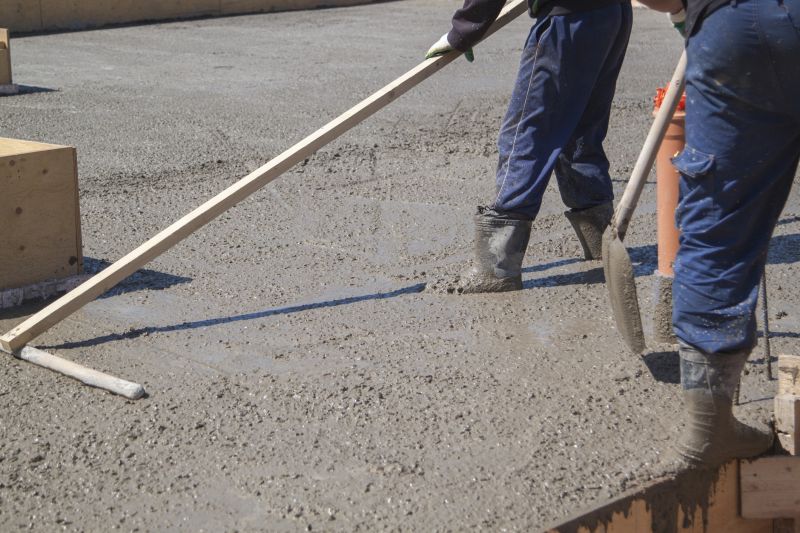
A frequent mistake in Concrete Levelings and how to dodge it.
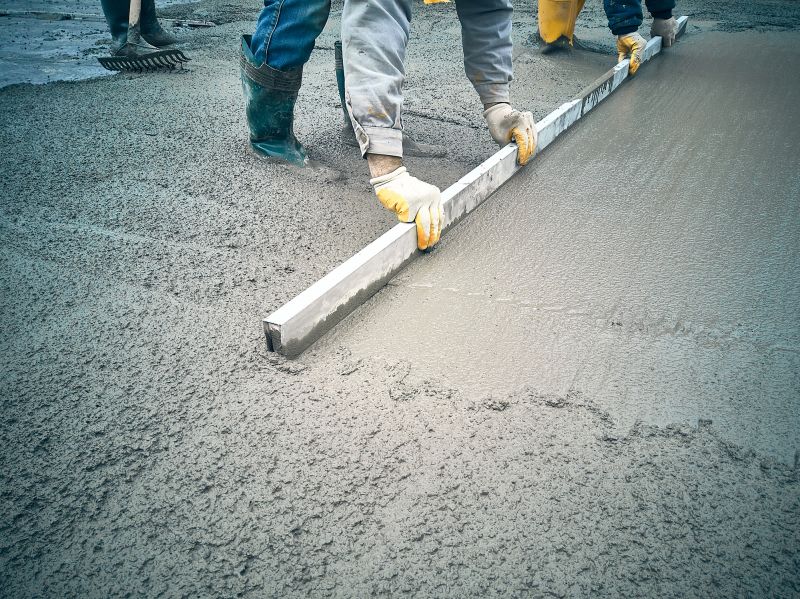
Small tweaks to make Concrete Levelings safer and easier to use.
Interested property owners can contact for further information or to schedule a consultation on concrete levelings. Proper timing based on seasonal and weather considerations can significantly enhance the durability and appearance of concrete surfaces, leading to long-term satisfaction and safety.
